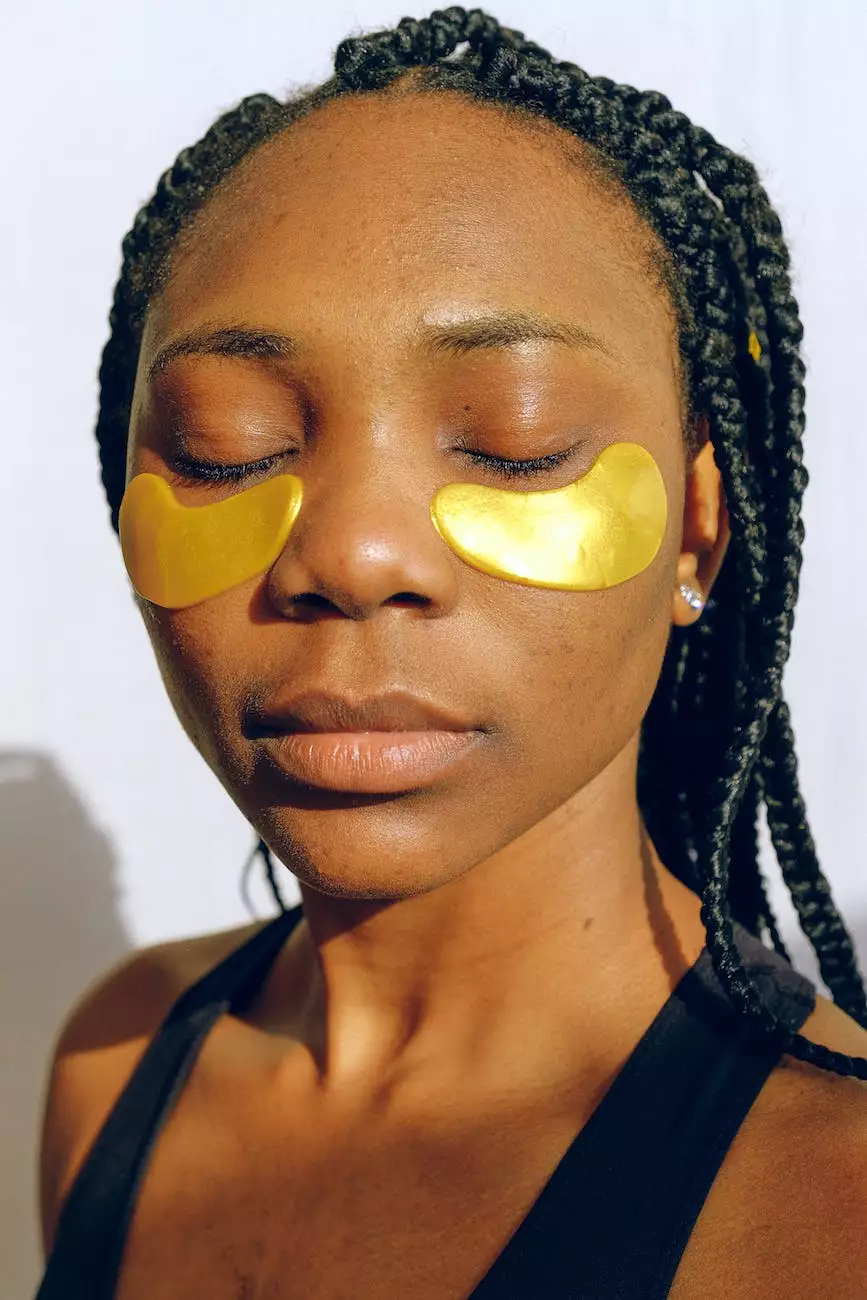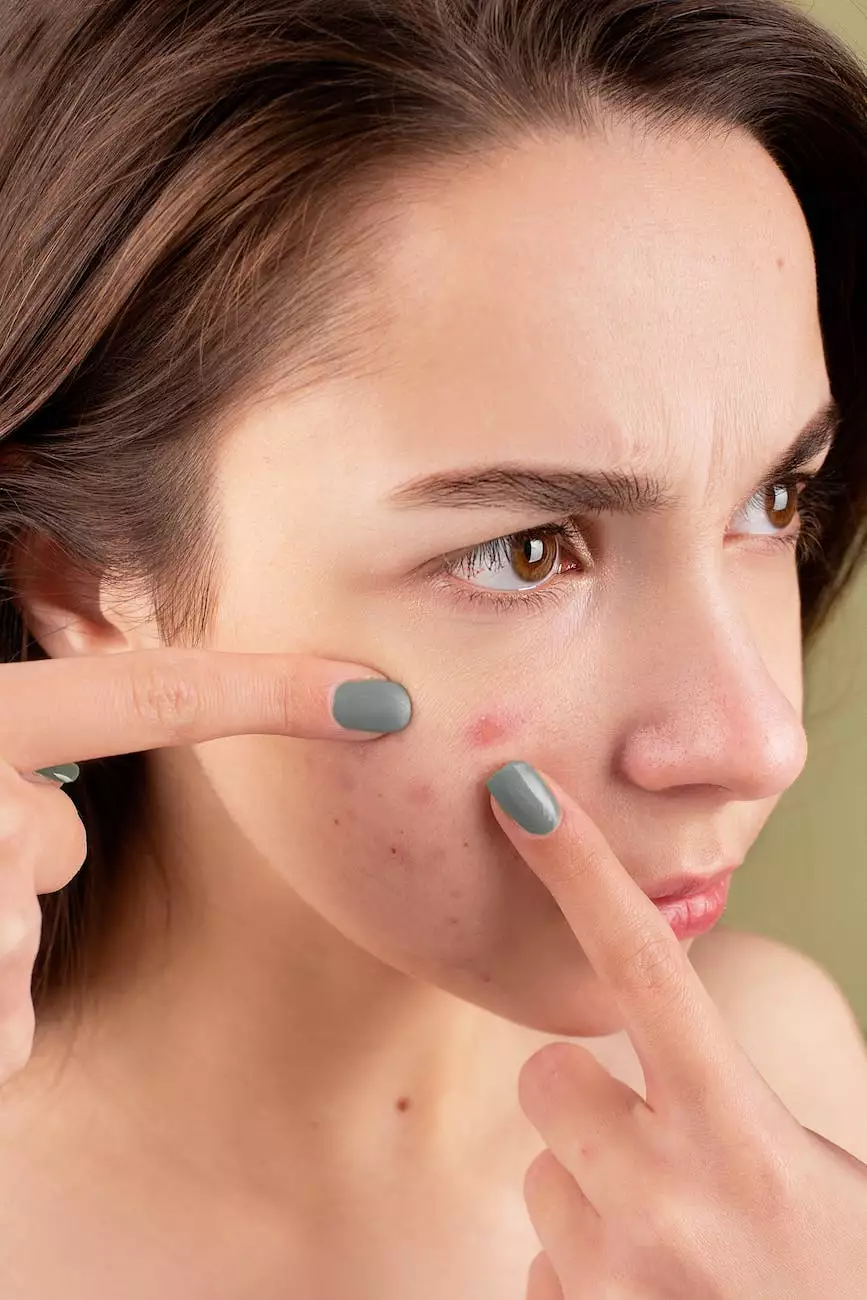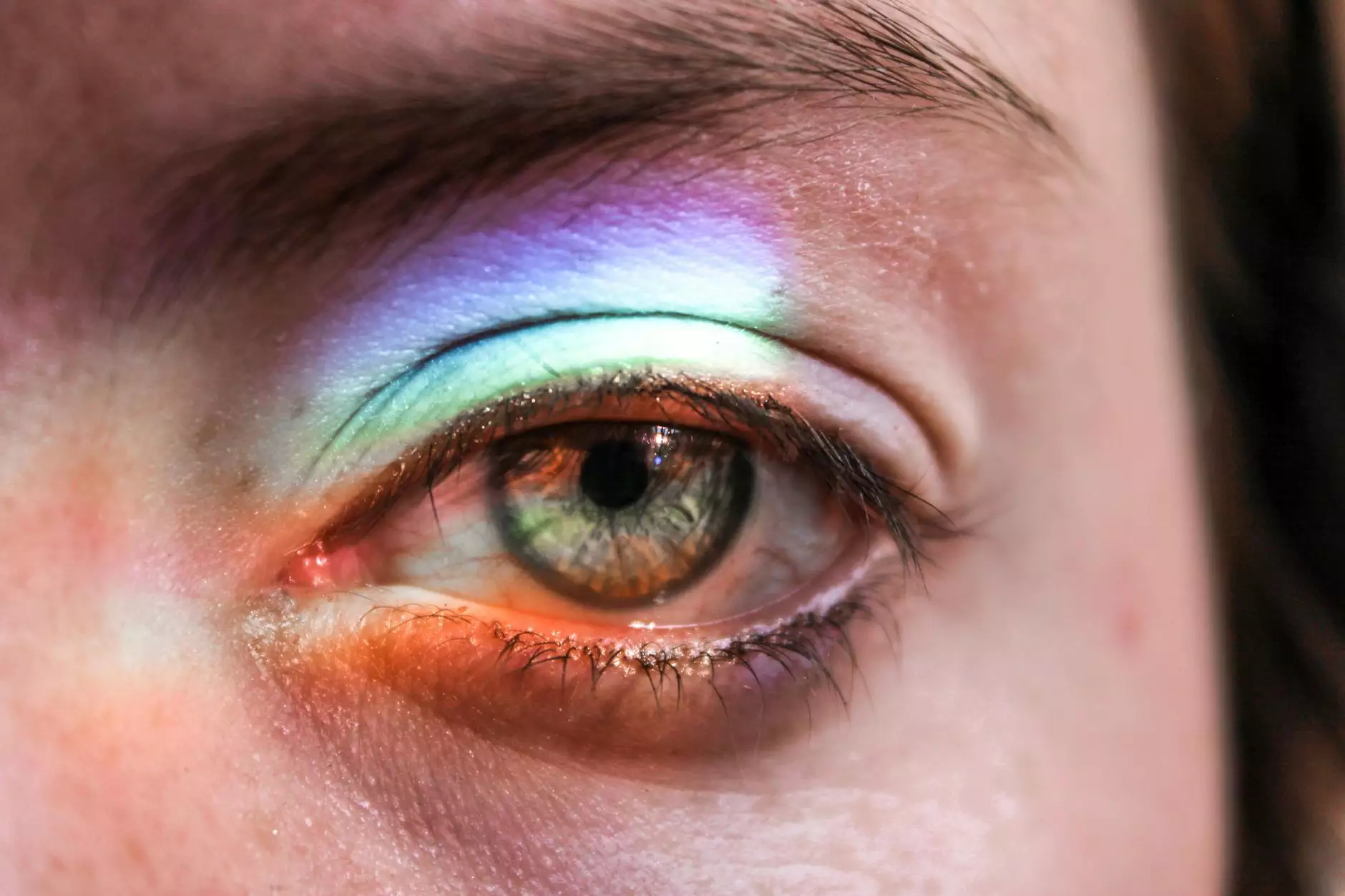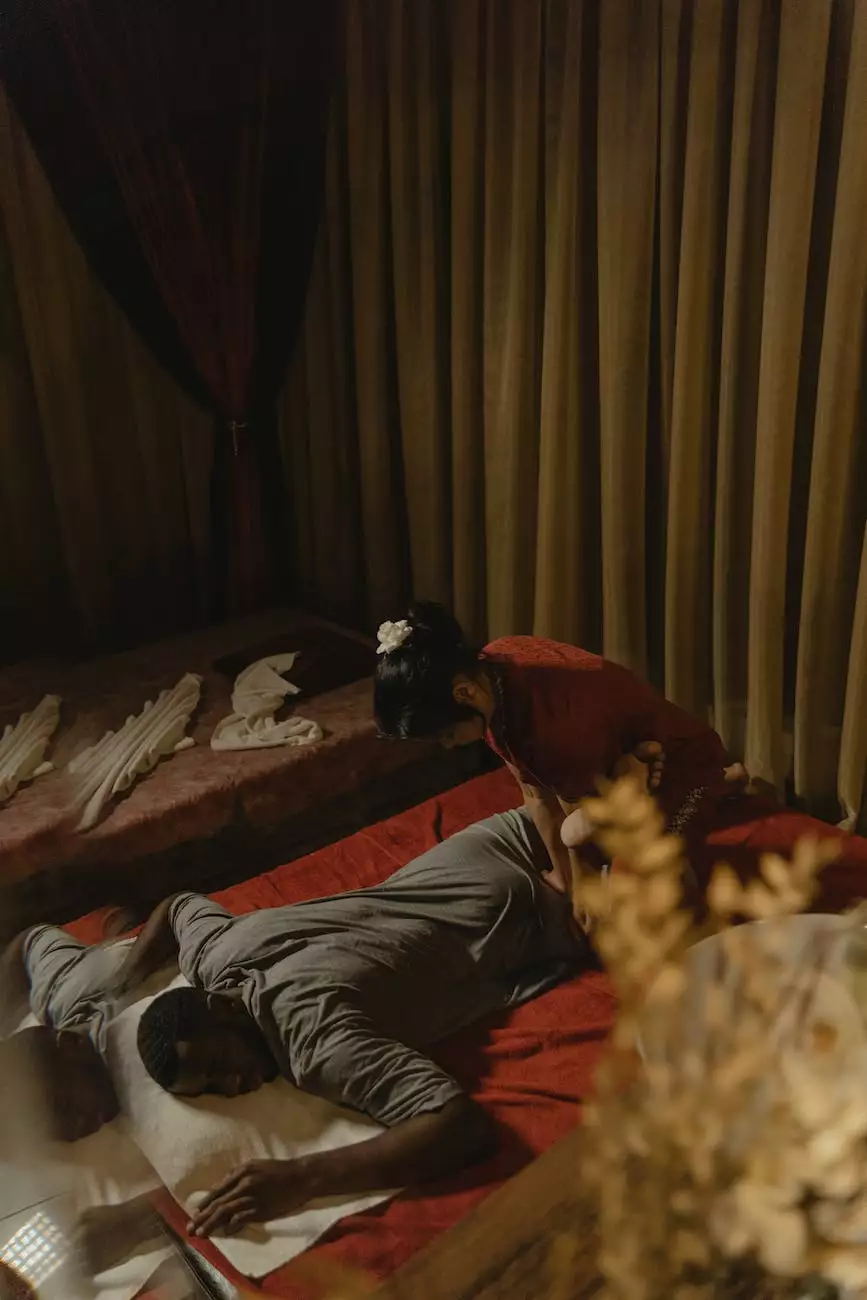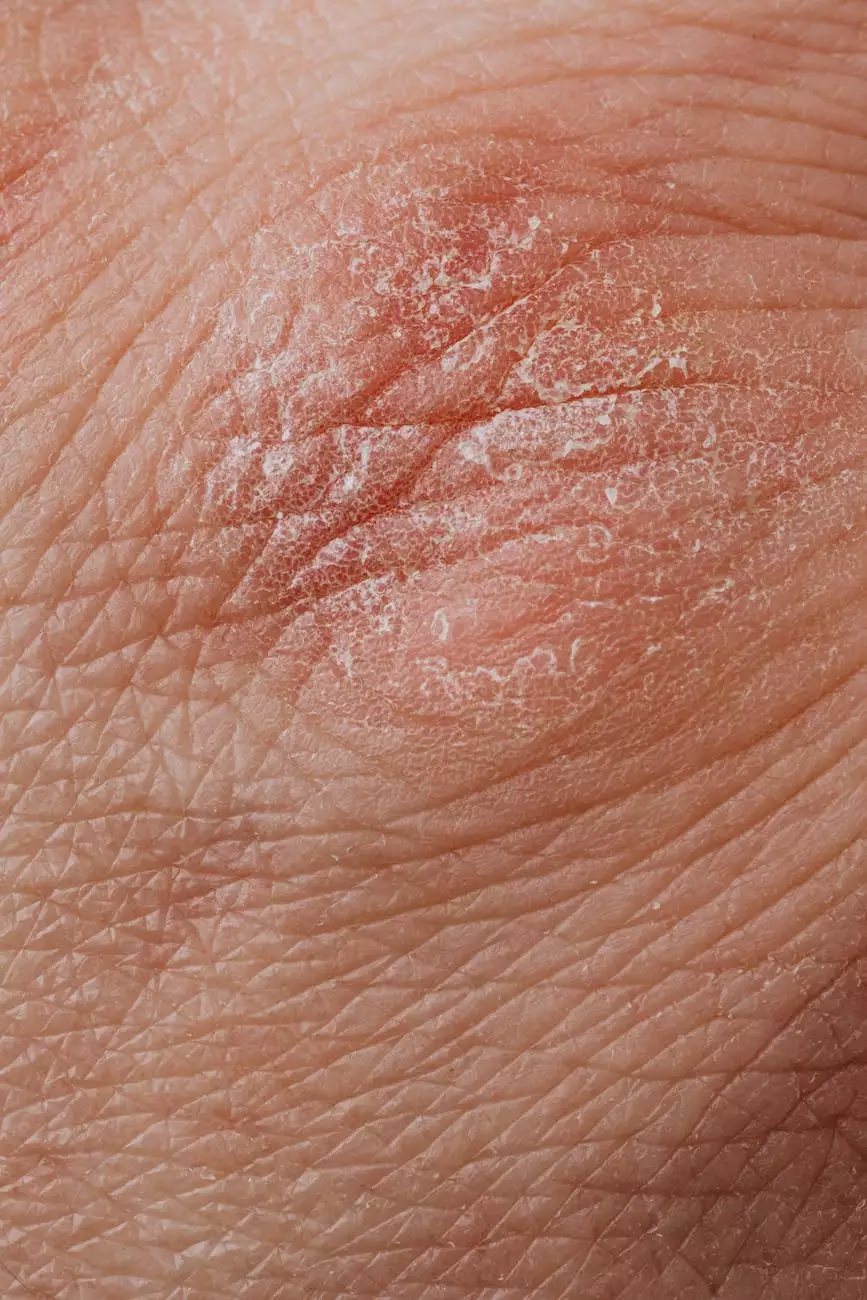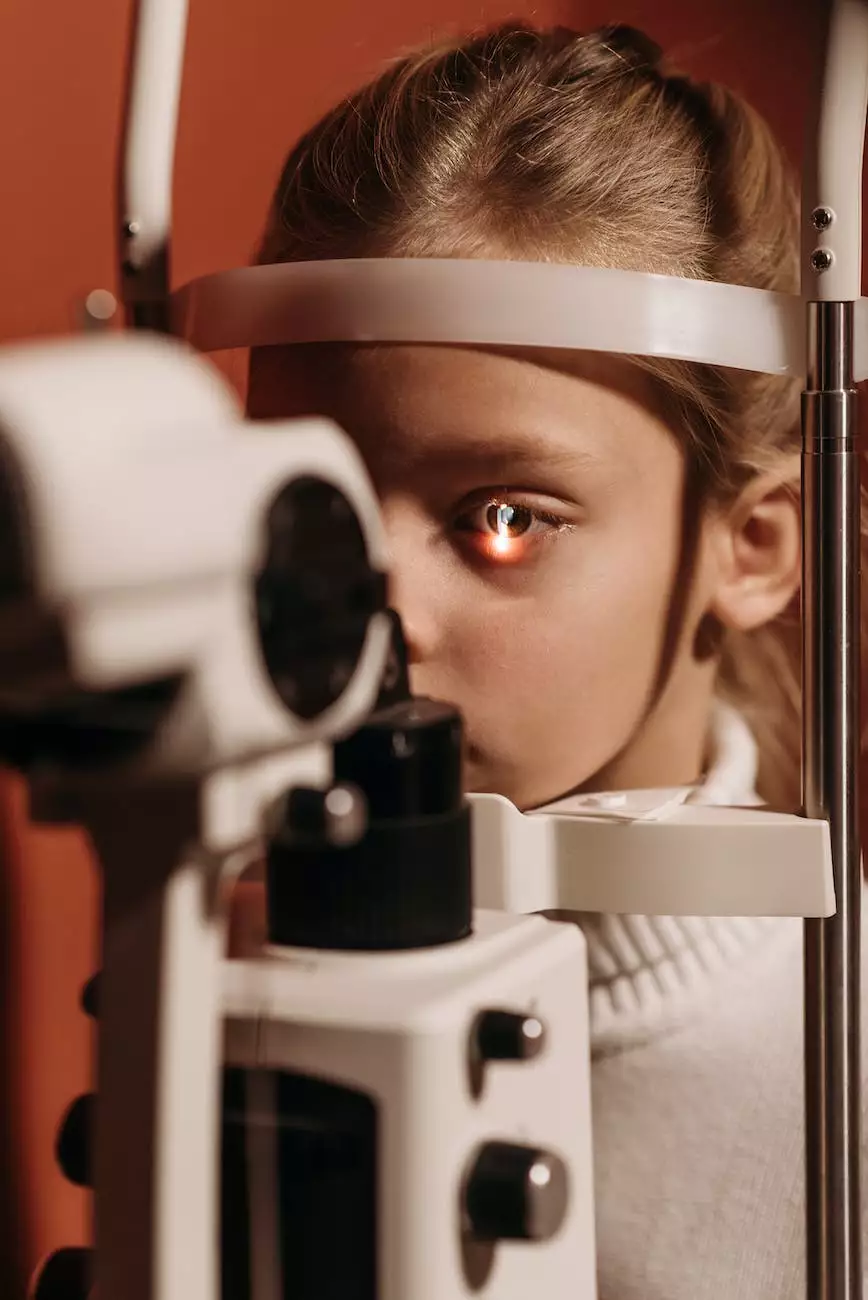How Did I Get a Stye?
Blog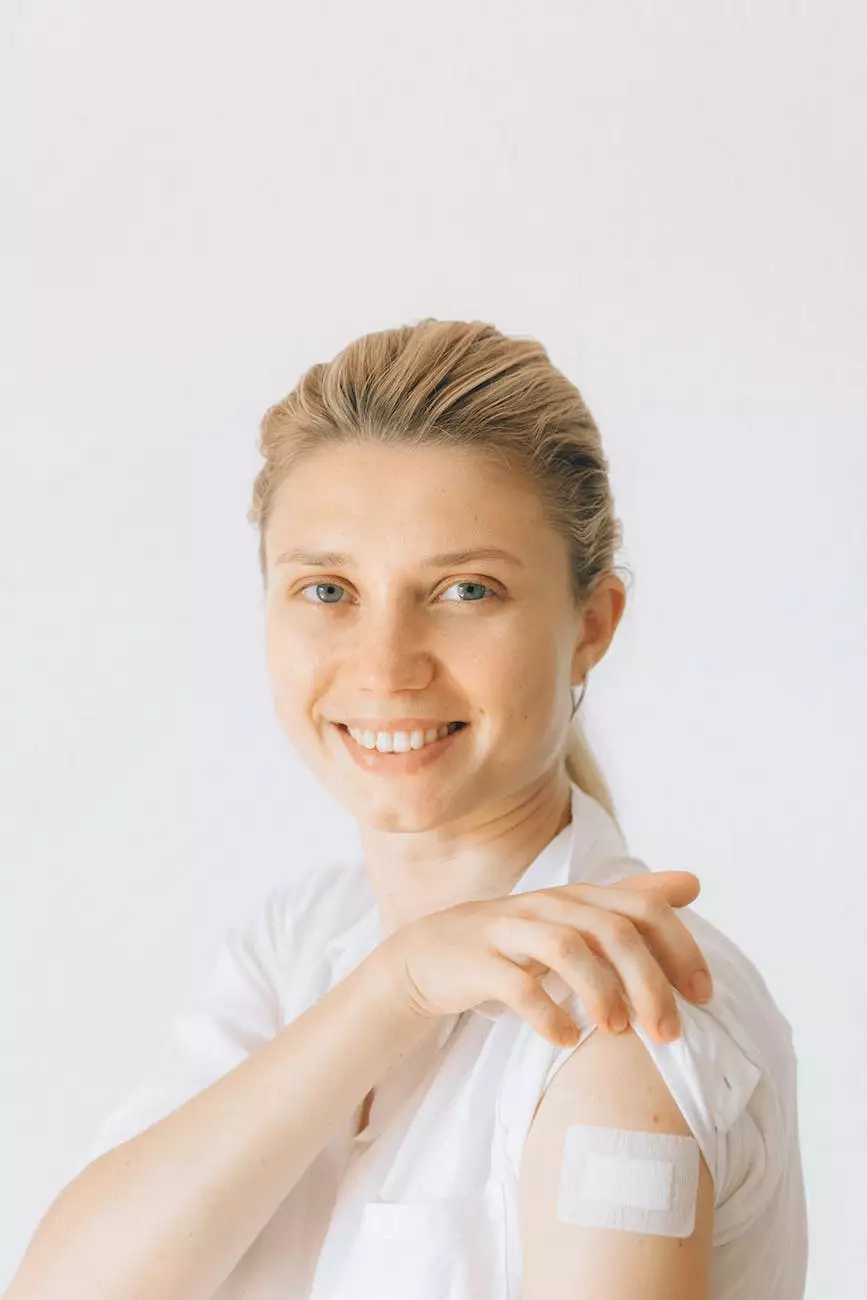
If you've ever experienced a painful and irritating lump on your eyelid, chances are you've had a stye. Styes, also known as hordeolum, are a common eye condition that can be quite uncomfortable. In this comprehensive guide, we will discuss the causes of styes and provide insights on how to prevent and treat them effectively.
What is a Stye?
A stye is a red, swollen bump that forms on the eyelid. It typically occurs when a hair follicle or oil gland on the eyelid becomes infected. Styes are usually caused by bacteria, most commonly Staphylococcus aureus.
Causes of Styes
Styes are commonly caused by poor hygiene, particularly when it comes to the eyes. Touching or rubbing your eyes with unwashed hands can introduce bacteria to the eyelids, leading to infection. Additionally, using contaminated makeup or makeup brushes, sharing personal items such as towels or pillowcases, and wearing contact lenses for extended periods can also increase the risk of developing a stye.
Symptoms of a Stye
A stye is typically characterized by the following symptoms:
- Swelling and redness of the eyelid
- Tenderness and pain in the affected area
- A small, pus-filled bump on the eyelid
- Crusting on the eyelid margin
- Watery eyes and increased sensitivity to light
Treatment for Styes
While styes can be quite uncomfortable, they often improve on their own within a few days or weeks. However, there are several steps you can take to alleviate symptoms and promote faster healing:
1. Warm Compresses
Applying warm compresses to the affected area can help reduce pain and swelling. Wet a clean washcloth with warm water and place it over the closed eye for 10-15 minutes, several times a day. Make sure the water is not too hot to avoid burning the skin.
2. Good Hygiene
To prevent the spread of infection and minimize the risk of getting another stye, it is essential to practice good hygiene. Avoid touching or rubbing your eyes with dirty hands, and always wash your hands thoroughly before applying any eye drops or ointments.
3. Avoid Makeup
While you have a stye, it is advisable to avoid wearing makeup, especially eye makeup. Makeup can introduce bacteria to the area, delaying the healing process and potentially causing further infection.
4. Antibiotic Ointments
In some cases, your optometrist may prescribe antibiotic ointments or drops to help clear the infection and promote healing. Follow your eye care professional's instructions carefully and complete the full course of treatment.
5. Do Not Squeeze or Pop
Resist the temptation to squeeze or pop the stye, as this can cause the infection to spread or worsen. Let the stye drain and heal naturally.
Preventing Styes
Prevention is always better than cure when it comes to styes. Here are some tips to minimize the risk of developing a stye:
1. Good Hygiene Practices
Wash your hands thoroughly with soap and water before touching your eyes or applying any eye-related products. Avoid rubbing your eyes, especially with dirty hands.
2. Clean Makeup Application
If you wear eye makeup, make sure to properly clean your brushes and replace mascara and eyeliner regularly. Avoid sharing makeup or using expired products.
3. Remove Contact Lenses
If you wear contact lenses, always remove them before going to bed. Clean and store them properly according to your optometrist's instructions.
4. Avoid Eye Irritants
Avoid exposure to smoke, dust, or other irritants that can cause inflammation of the eyelids and increase the risk of a stye.
5. Proper Eyelid Cleansing
Gently clean your eyelids and lashes daily to remove any debris or oil buildup using a mild cleanser or baby shampoo.
Conclusion
Styes can be painful and bothersome, but with proper care and hygiene practices, you can effectively prevent them and minimize their impact. If you have a stye that persists for more than a few weeks or causes significant discomfort, it is important to consult with an optometrist for a thorough examination.
Baron Rick W Dr, a leading optometrist in Chicago, Illinois, is dedicated to providing comprehensive eye care services for various eye conditions, including styes. With their expertise and personalized approach, you can rest assured that you will receive top-notch care and guidance in managing and preventing styes.


